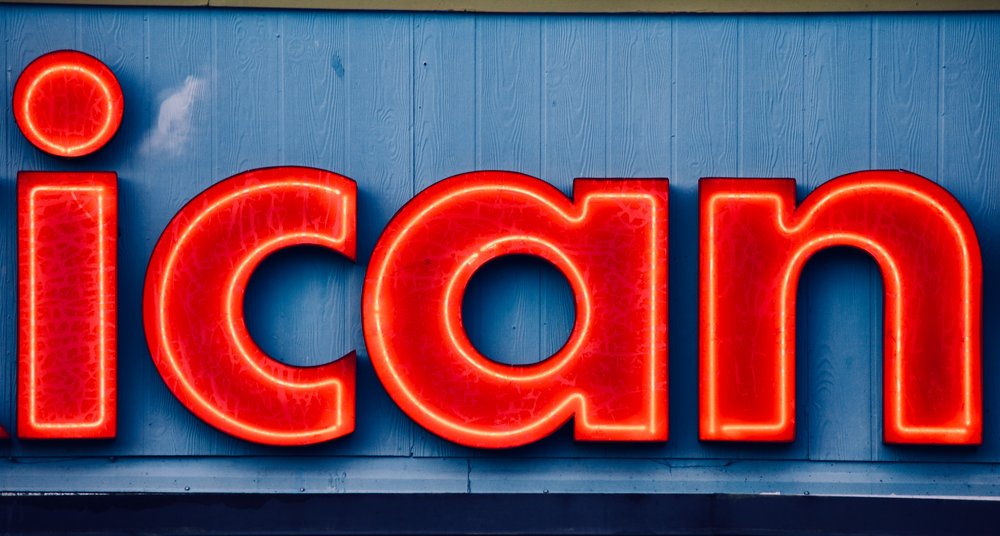
3 tips to really learn vocabulary #2
We all know that vocabulary is the heart of language learning, but how many of us have a method for learning English quickly and easily?

3 tips to really learn vocabulary #2
We all know that vocabulary is the heart of language learning, but how many of us have a method for learning English quickly and easily?
USE AN ACTIVE TECHNIQUE
Learning new vocabulary is the most common objective for my students: it’s the basis for learning a new language. But learning new words isn’t just about knowing what they mean, we also need to be able to put them in a sentence, use them in the right context, and, of course, be able to remember them when we need them! So we are going to need an active
technique!
It’s not enough just to write down the word once and hope to remember it. We need to practise using the target language, and be free to make mistakes with it. Because, very simply, we learn through repetition we have to create situations that help us to
use and repeat the vocabulary we want to learn.
You know this already, but what makes this difficult is that most people are:
a) busy
b) very busy
c) really very busy!
Between work, the kids, cooking and cleaning even the most motivated learner can find it difficult to have time to study. After a busy day the last thing most people want to do is sit down with a long list of vocabulary! It’s not fun, and it’s abstract – it doesn’t really have a meaning.
This is where old-school flashcard techniques can be useful because they are very time-efficient. There are lots of apps that you can also use (such as Studies, Anki or others), but I’m a big fan of actual, real, physical flashcards because they worked for me when I was learning.
If you don’t know what flashcards are: they’re just small pieces of paper. On one side you put the target word to learn, and on the other a ‘definition’. Choose a moment during the week to prepare your cards, you will only need 10 minutes. Begin by choosing this week’s words to learn. You can find the words anywhere you want – lessons, work, TV programs, email etc.
Take the first piece of paper and write the word to learn on it. Now turn it over and put a ‘definition’. This doesn’t need to look like a definition from a dictionary, just something that will help you to remember the target word; it might be a synonym or a sentence with a blank instead of this word. Pictures are a great idea – pictures and words even better. Don’t use your native language because it means that you really have to think and that will help you to remember the word. Explaining the target language in other words is really helpful.
Take the next piece of paper and add the next word and so on.
You will now have a small pile of papers. Put them into an envelope and put the envelope next to your computer in the
office, or behind a pot in the kitchen or wherever is convenient. Now go and do something else.
A couple of days later, whenever you have 5 minutes, take out the envelope and test yourself.
Make 2 piles: one pile of words for the ones you remember and another for those you don’t. Usually there aren’t many you don’t remember!
Put the words you did remember back into
the envelope and put the words you didn’t somewhere visible – on the fridge, or on post-its in the office. This ‘exposure’ – you see the words again every time you go to the fridge – might be enough on its own.
So, using flashcards (or an app that let’s you choose your own words) is an efficient way of remembering words; the next step is to learn how to use them! And I’ll give you some ideas for that next time.


